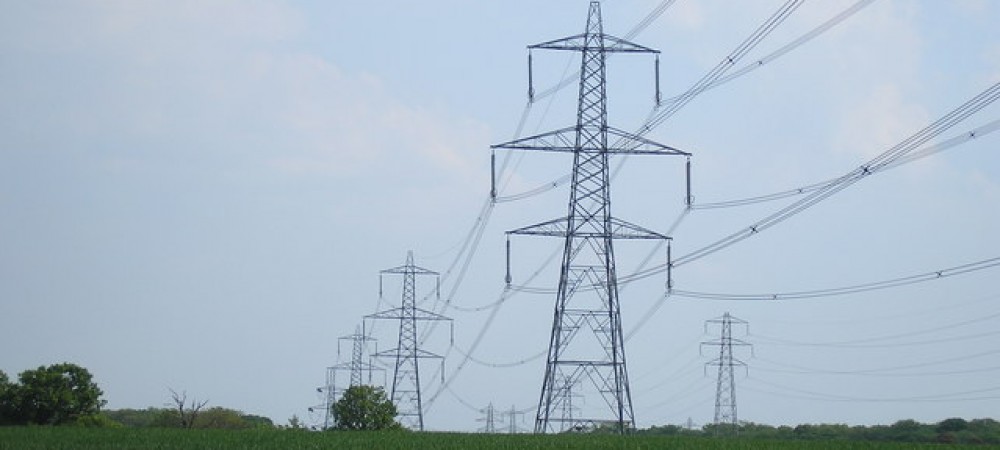Following an EMP attack, what is the best strategy for producing food? Is it best to grow field crops such as wheat? Or to tend gardens with beans and squash? Or to raise livestock?
After the initial die back, there will be plenty of fallow land, and livestock could graze it with little technology or human labor needed. The difficulty is that starting with just a few animals it takes years to build up a herd of cattle, goats, sheep, or pigs to the point where animal protein could provide a significant addition to the diet of a community. Chickens, however, breed quickly, and after a year could provide enough eggs to be an important source of protein. To avoid drawing attention to your operations, you might have to keep your roosters inside a building.
With a lack of power to pump water, the ability to grow non-irrigated crops such as wheat becomes more important. This requires tractors and hence diesel fuel and perhaps repair electronics for the tractors. As mentioned before, diesel fuel should be obtainable from service stations, given the ability to pump it out. Solar electric systems or small generators could power machine shops which could make parts to repair farm equipment.
Where water is available, gardens could be established. This is a high-labor alternative, but labor is likely to be available. For both field crops and gardens, it would be important to stockpile seeds. Some of those seeds should be legumes, both for edible crops and for cover crops to provide nitrogen.
So a number of agricultural strategies seem viable in the aftermath of an EMP disaster, but in each case advance planning and stockpiling is critical.
